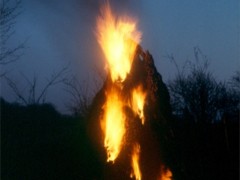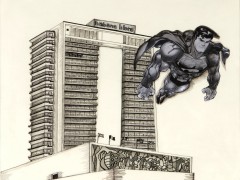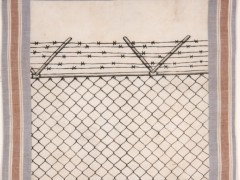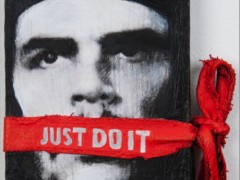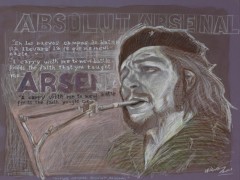Revolution Not Televised: Cuban Contemporary Art
July 19th – October 7th 2012
The Bronx Museum of the Arts, New York
The Bronx Museum of the Arts will present revolution not televised, an exhibition featuring more than 35 works produced over four decades that together illuminate Cuba’s recent political and social development. On view from July 19 through October 7, 2012, revolution not televised will present an overview of contemporary artistic practice in Cuba, featuring work by over 20 artists in a variety of media—including photography, film, and sculpture. The exhibition will also highlight the Bronx Museum’s outstanding collection of work by Cuban artists who live on the island and abroad, including several recent acquisitions that have not been previously exhibited by the Museum. revolution not televised continues the Bronx Museum’s 30-year history of researching, presenting, and collecting contemporary art from Cuba.
“U.S. citizens have had limited opportunities to learn about Cuba’s vibrant contemporary art community,” said Holly Block, Bronx Museum of the Arts Director and Cuban art scholar. “revolution not televised will bring ambitious and dynamic works created in Cuba today and over the past several decades to audiences here the United States.”
revolution not televised will highlight a number of pioneering artists of the 70s and 80s like Ana Mendieta, Manuel Mendive and José Bedia, whose early experiments with religiosity, ethnic identity, and vernacular language within conceptual or representational frameworks have deeply influenced younger Cuban artists, who are also included in the exhibition. Mendieta’s Untitled (Silueta Series, Iowa), an iconic example of her work from the 1970s, will be paired with a suite of photographs by Esterio Segura Mora from 2006 documenting a performance inspired by Mendieta’s work.
José Bedia, who was born and trained in Cuba, lives in Miami, and practices the African religion Palo Monte, often uses his work to explore the multidimensionality of race and ethnicity in Cuban society, and the African rituals and traditions that continue to be practiced there. Representative of his larger body of work, Mi conuco al piede la loma (My garden is at the front of the hill) and Nkumbe Makaró Ambuata address these themes through painting and collage.
Works by the collaborative duo Los Carpinteros represent artists working in the 90s, while the artist Reynier Leyva Novo represents the contemporary generation of Cuban artists. Los Carpinteros’ Piscina Llena/Filled Pool from 2001, a watercolor image of an abstracted empty swimming pool, alludes to the contrasts that exist in Cuba’s society, where lavish pools exist but go unfilled. The exhibition will also feature Leyva Novo’s Revolución: Una y Mil Veces, a book that contains only the word “revolución,” repeated one thousand and one times, a recent acquisition by the Bronx Museum.
revolution not televised at the Bronx Museum runs concurrent with the Caribbean: Crossroads exhibition series organized by El Museo del Barrio in conjunction with the Queens Museum of Art and The Studio Museum in Harlem. Presenting work at several museums and accompanied by an ambitious range of programs and events, Caribbean: Crossroads offers an unprecedented opportunity to explore the diverse and influential cultural history of the Caribbean basin and its diaspora.
Practical info
1040 Grand Concourse
AT 165TH Street
Bronx, New York, 10456
T: (718) 681-6000
F: (718) 681-6181


 Home
Home
